Nagano Part 2−Matsumoto−the Fun City with Castle Black
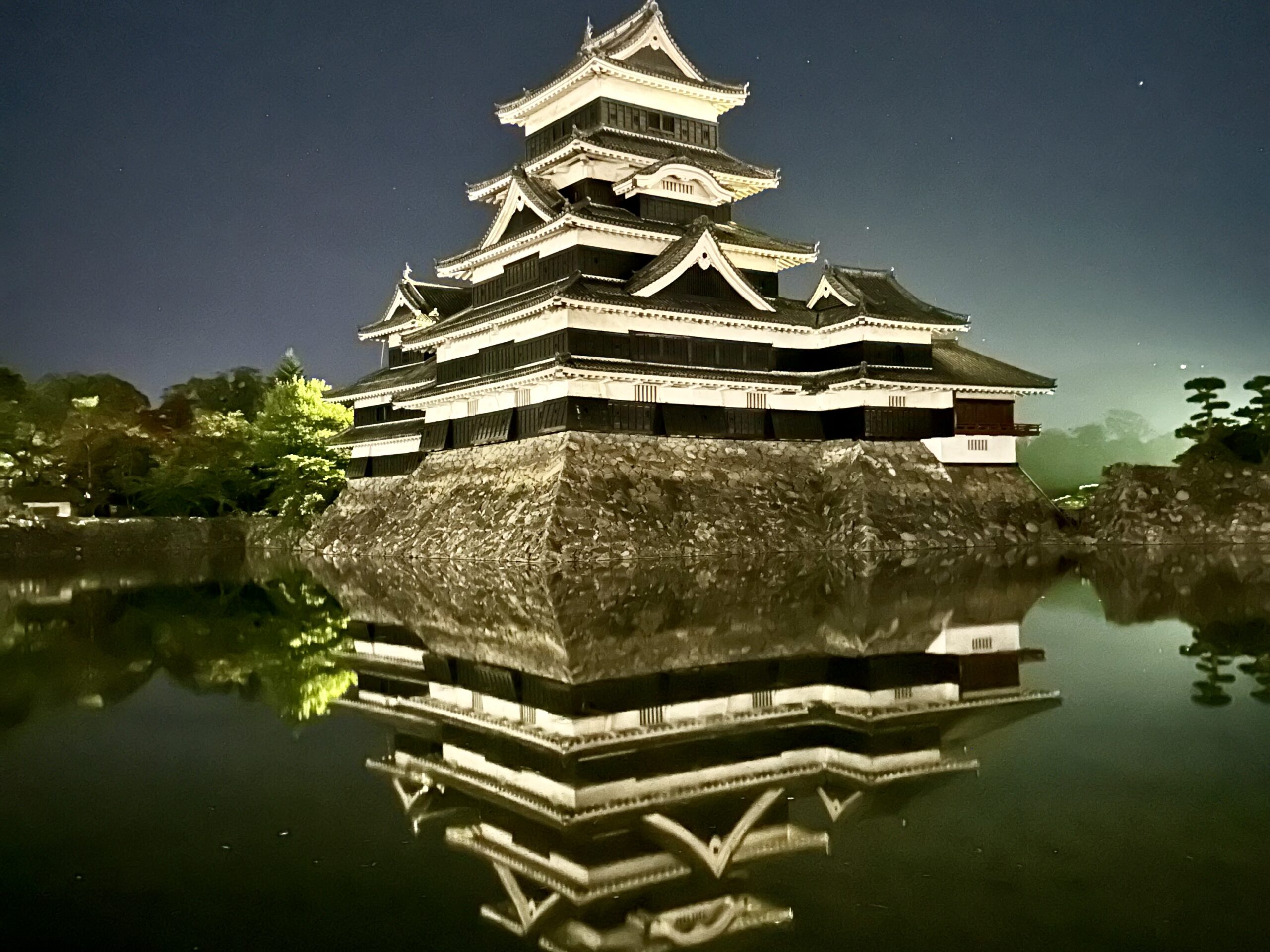

Written by
Name: Stephanie
Country of origin: USA
How long you’ve lived in Japan: 6 years
Where you live in Japan: Tokyo (and 1 year in Gunma)
Instagram
Matsumoto is one of my favorite cities in Japan! It’s a small city but it really packs a punch in regards to activities. With a breathtaking castle, tons of museums, and lots of local charm, I’m sure anyone could have a good time.
The Black Crow Castle
The most obvious charm of Matsumoto City is Matsumoto Castle (松本城)! Nicknamed in Japanese as “Black Castle” and “Crow Castle,” it’s easy to see why it’s an icon. Not only does it look cool, but it’s one of the only 12 remaining “original castles” (castles that have never been destroyed by battle, fire, or natural disasters) in the country. Along with Okasa Castle and Himeji Castle, it often ranks in the top 3 best castles in Japanese surveys (Osaka is not one of the original 12, but Himeji is). Taking a stroll around the outside of the castle is calming day or night, and there are often swans in the mote! During some seasons, there is projection mapping on the castle at night, too. I want to see that!
Matsumoto has been my favorite castle that I’ve visited to date (perhaps tied with Inuyama Castle in Aichi Prefecture). If we compare it with the other 2 popular castles, Osaka and Himeji, we find some preferential differences. Osaka is not an original castle, so it could feel inauthentic or touristy, but the plus side of that is the educational displays are very well done. It also has an elevator, making it accessible to more people, and you don’t remove your shoes. These positives, plus being located in downtown Osaka, make for some slow-moving crowds. As far as appearances, I think the Himeji and Matsumoto Castles are much prettier. With Himeji being a famously white castle, and Matsumoto being a famously black castle, they just have some extra umph about their appearance. As much as I wanted to like Himeji though, when I went recently, the crowds made it pure Hell.
Enter Matsumoto Castle, with insane beauty, swans in the moat, a picturesque vermillion bridge, a nice view from the top, and notably less crowds, it was an overall pleasant experience.
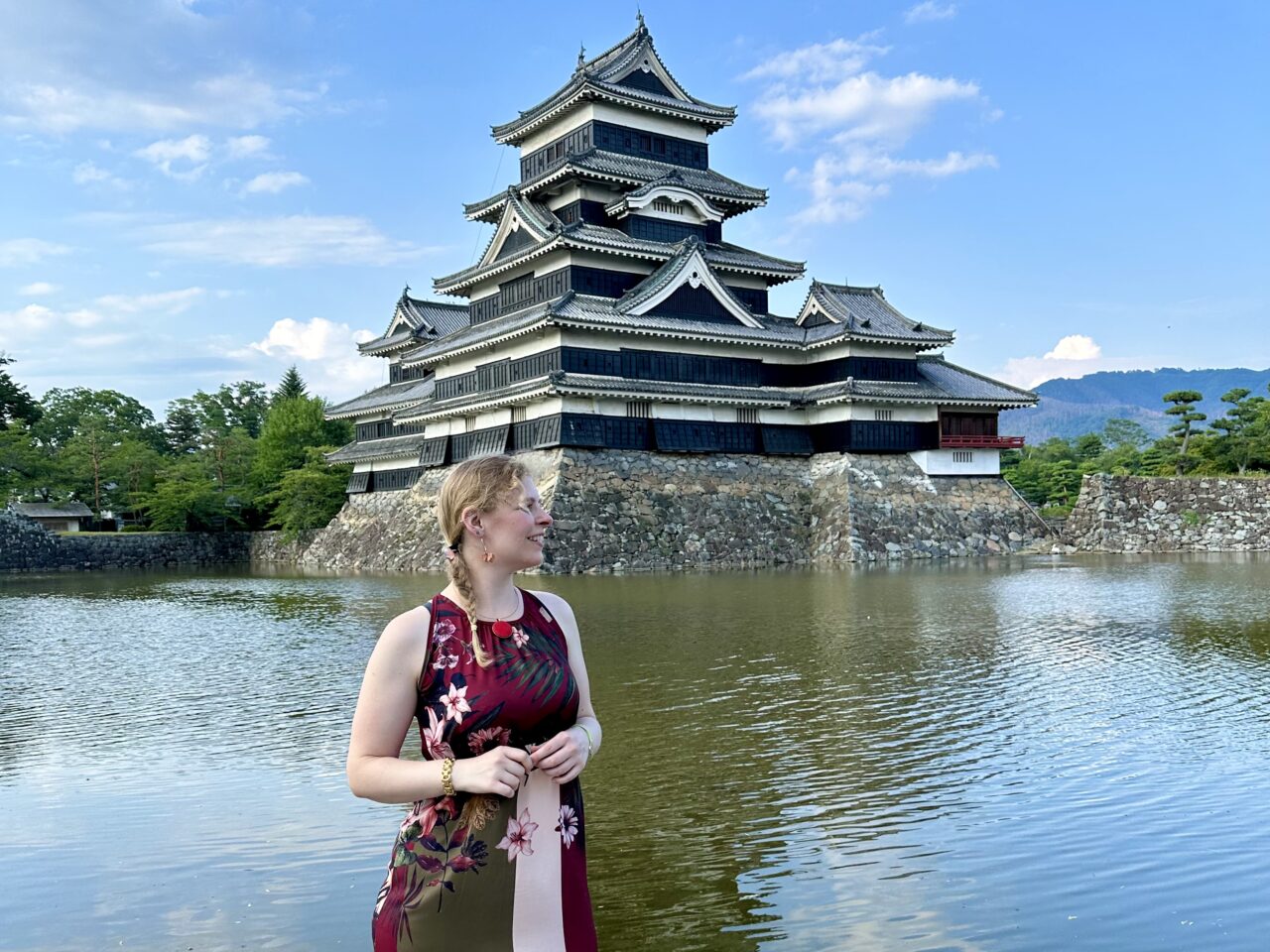
Froggy Shopping Street
Sort of halfway between Matsumoto Station and Matsumoto Castle lies one of the most adorable shopping streets in Japan, Nawate Street (なわて通り). Nicknamed Kaeru Street as a 3-way pun (帰る – to return home, 買える – you can buy X, カエル – frog; all pronounced “kaeru”), you’ll see frog statues all over the street! With fresh taiyaki (fish-shaped filled waffles) at Furusato Taiyaki, uniquely flavored American-style ice cream at Mount Desert Island Ice Cream, cafes, craft beer, antiques, Japanese crafts, this street has something for everyone! There is also a large shrine with festival food stalls set up sometimes.
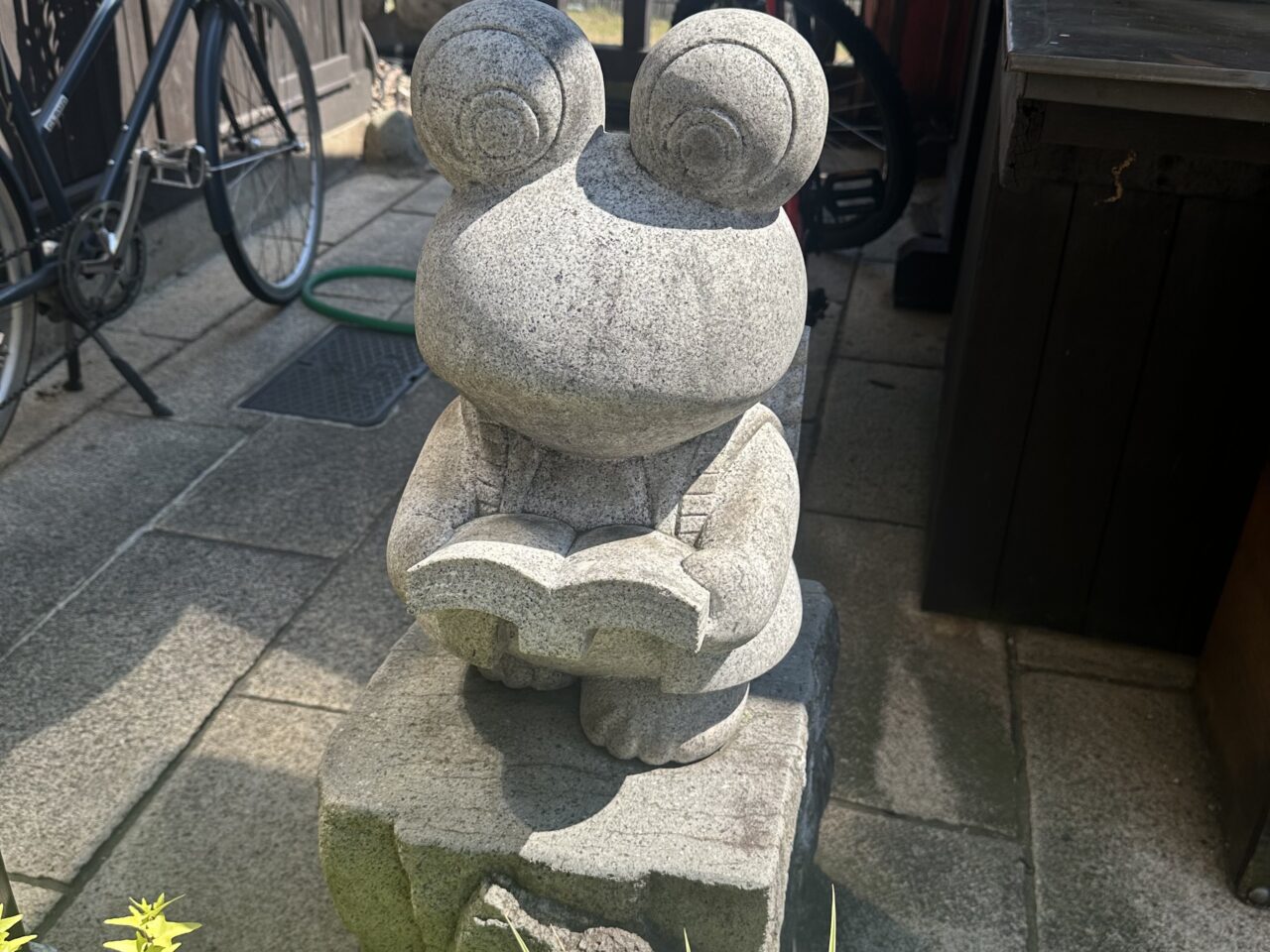
Art Museums
If you like art, there are 2 major art museums in Matsumoto−the Matsumoto City Museum of Art and the Japan Ukiyo-E Museum.
I haven’t been to the Japan Ukiyo-E Museum (日本浮世絵博物館) yet, but I’d like to go. They have a collection of over a whopping 100,000 pieces. The website says the English information is a bit limited, but there is an English pamphlet and friendly staff.
The Matsumoto City Museum of Art (松本市美術館) is a major attraction in Matsumoto. With Matsumoto being the hometown of internationally renowned Yayoi Kusama, the museum has a large collection of her works, which impressed me both times I visited. Photography and videography in this section is limited, but photography with the large pumpkin inside and photography and videography with her large work outside are permitted. The museum also has a local permanent exhibit and for an additional fee a seasonal exhibit as well.
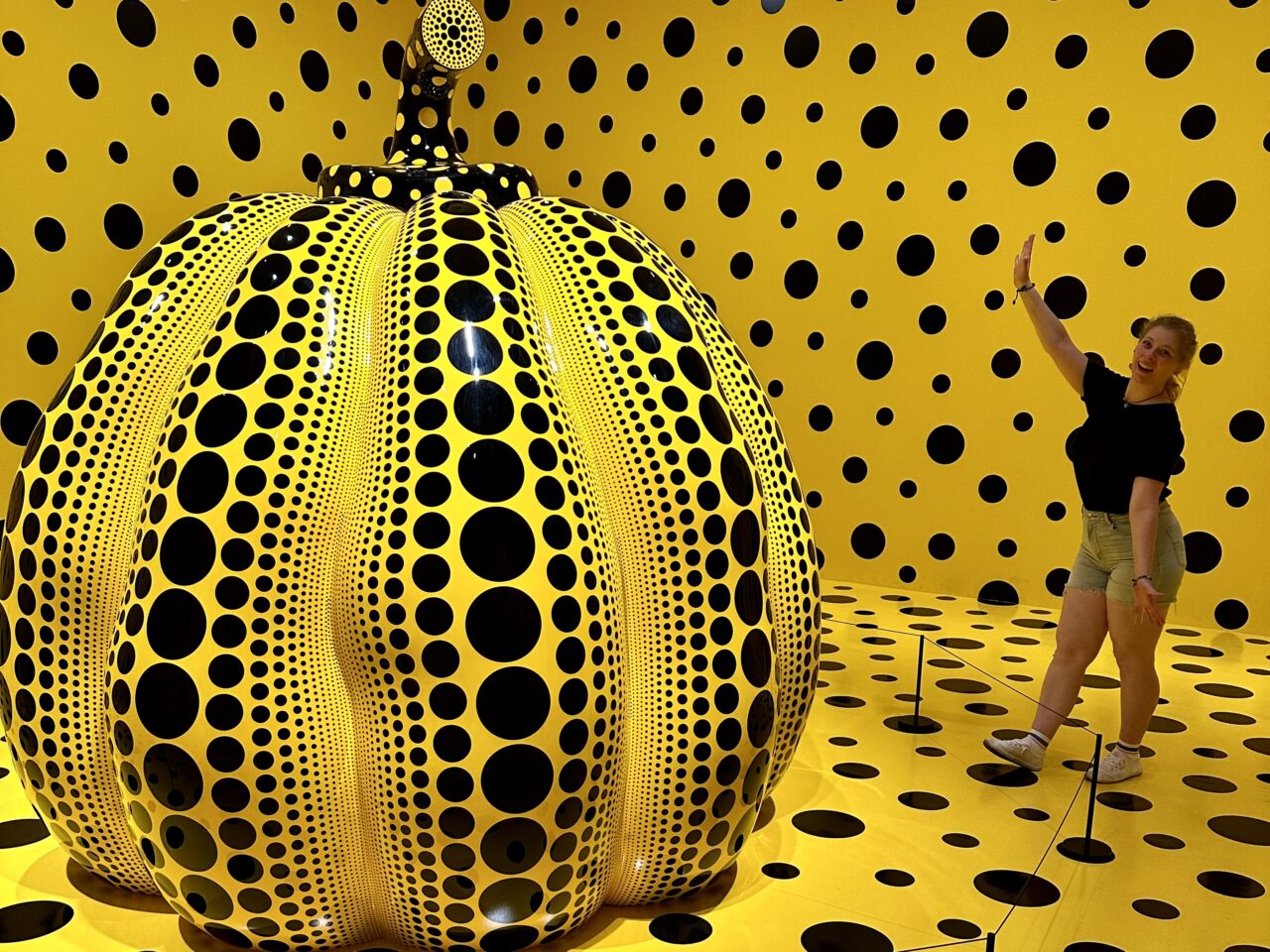
Other Museums
The Matsumoto Timepiece Museum (松本市時計博物館) was really fascinating! With the largest pendulum clock in Japan displayed outside, spanning 3 stories, the museum was a joy from the moment I entered. Full of clocks and watches from various time periods and countries, including sun dials, grandfather clocks, barbershop clocks (backwards so the barber can read it in the mirror), and a clock from the old Japanese timekeeping system (before Japan adopted the Western system) and explanations, you don’t have to be a clock nerd to have a good time here.
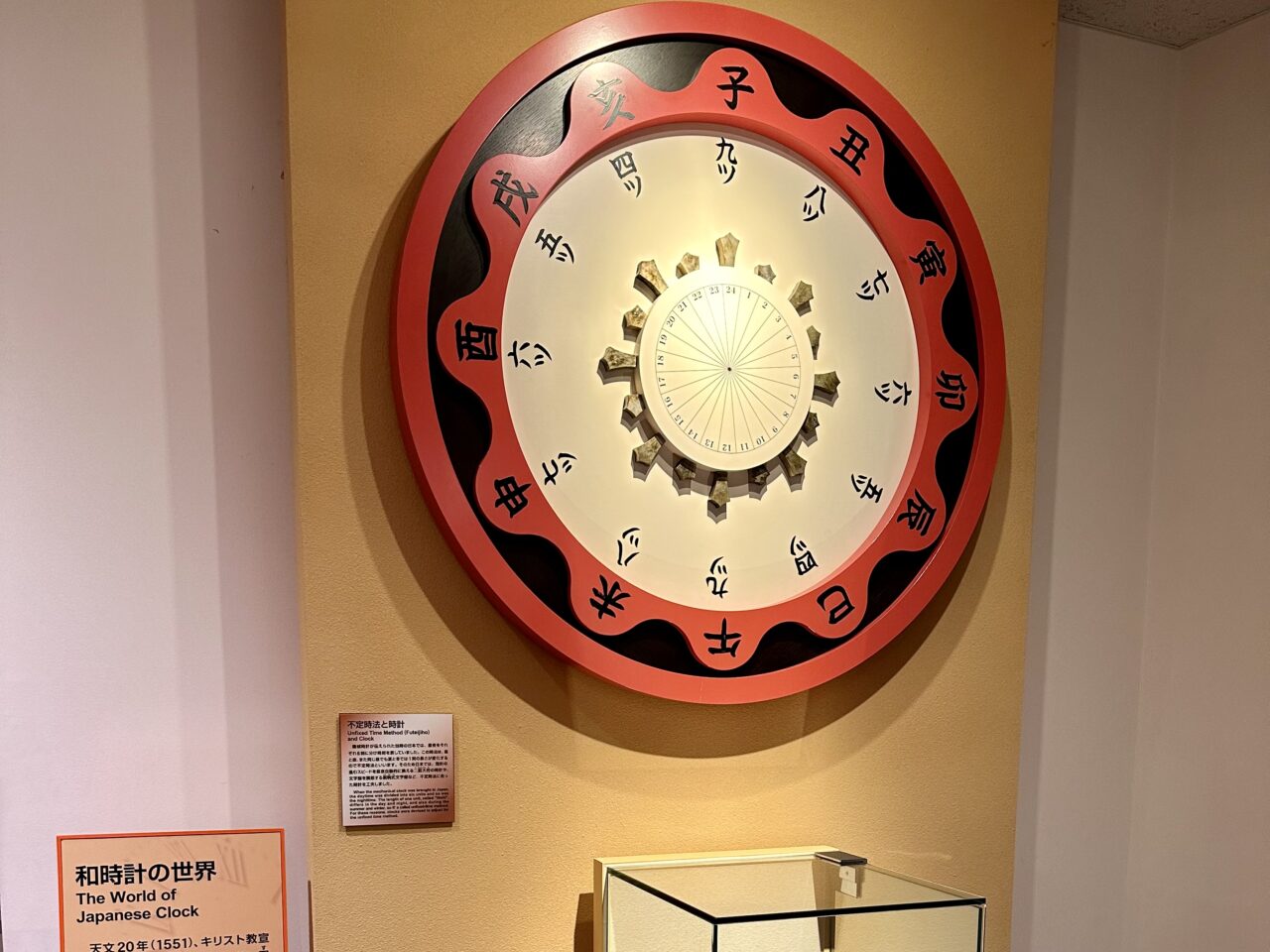
The Former Kaichi School (旧開智学校, English names online vary, but Google Maps lists it as Old System High School Memorial Hall) is one of the first public schools in Japan, built in 1876. It’s now designated as a national treasure and functions as a history museum. I went with a Japanese friend and they felt it was interesting and nostalgic. I didn’t have any nostalgia so I dunno that I would go on my own, but it was interesting enough. It would be good if you’ve worked in a Japanese school, enjoy history, are a teacher, etc.
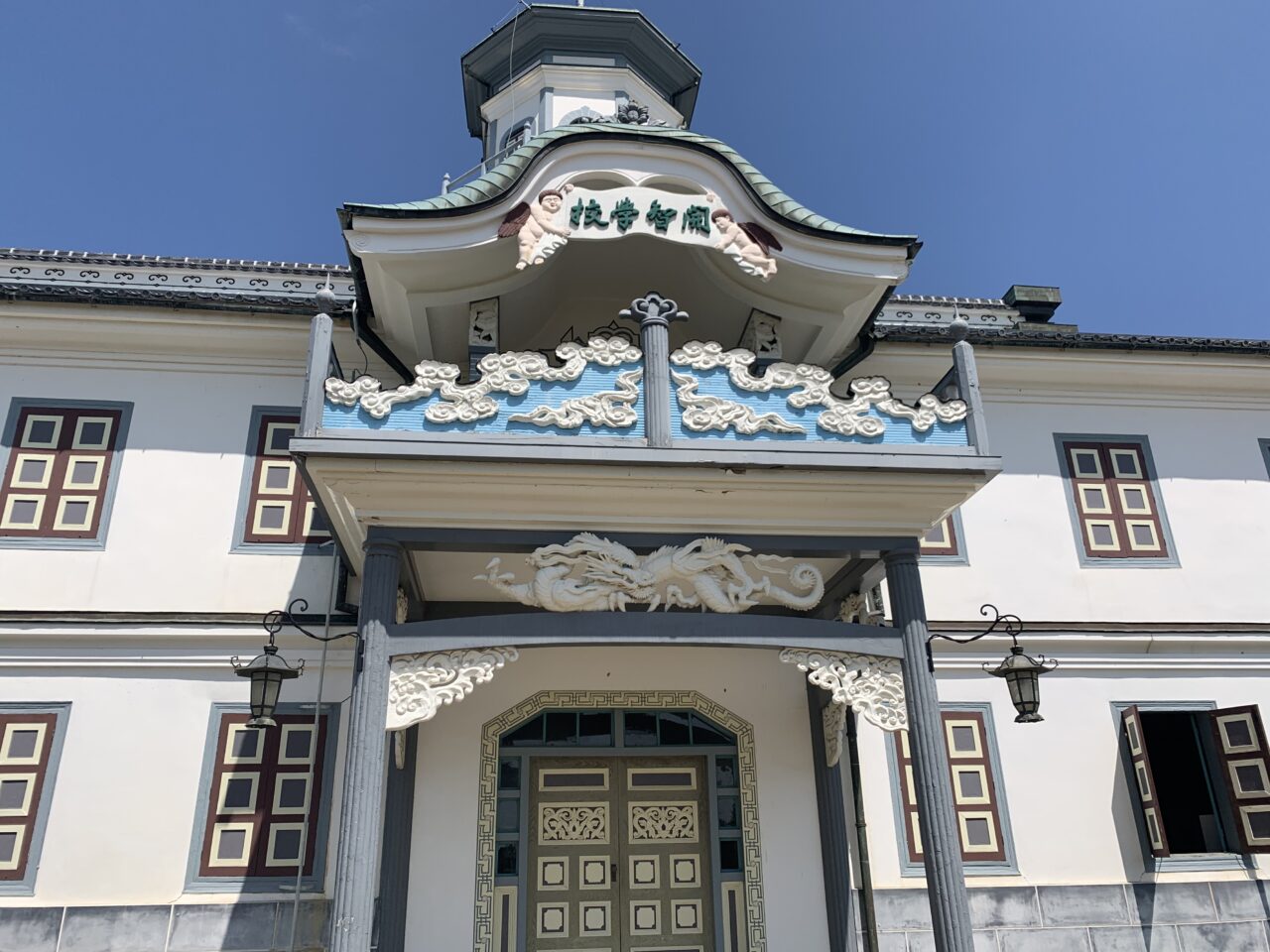
Other museums that seem interesting are the Matsumoto Scale Museum (松本市はかり資料館) and the Matsumoto City Museum (松本市立博物館). The Scale Museum has many interesting scales, including several for measuring silk worm cocoons, and some interactive activities, perfect for those who like gadgets. The City Museum has several themed displays on the history and culture of Matsumoto City.
Museum and Castle Combo Ticket
There is a combo ticket you can purchase online for some discount for the castle plus museums. The combo options are basically the castle plus one of three museums or the castle plus all three museums: Matsumoto Castle + Former Kaichi School, Matsumoto Castle + Matsumoto City Museum of Art, Matsumoto Castle + Matsumoto City Museum, and Matsumoto Castle + all 3 other museums (Former Kaichi School, Matsumoto City Museum of Art, and Matsumoto City Museum).
Nightlife
While I wouldn’t say the nightlife in Matsumoto is a wild party, there are plenty of izakaya, swanky restaurants, and craft beer joints, and the downtown has a lively vibe at night. Why not explore after dark and find your favorite watering hole?
Fresh Mountain Water
You’ll see water fountains carrying fresh mountain water, so don’t be afraid to drink from them! They’re absolutely potable. They’re quite refreshing, especially in the summer. Japanese water is safe to drink, especially this fresh mountain water, but because the spigots here don’t look like the typical water fountain, it’s sort of a fun game to see if a Japanese person is local or a visitor by noticing if they readily drink from them or if they hesitate.
Day Trips from Matsumoto
Matsumoto is set in the heart of Nagano, and there are several fun day trips you can take! Matsumoto Station is connected to Nagano City’s Nagano Station by direct train (51 minutes or 1h15m), so of course you can go anywhere I mentioned in my Nagano Part 1 blog, but there are also some day trips you can take directly from Matsumoto. I’ve listed them here in order of how much I recommend going.
Also check my Nagano Part1 blog!
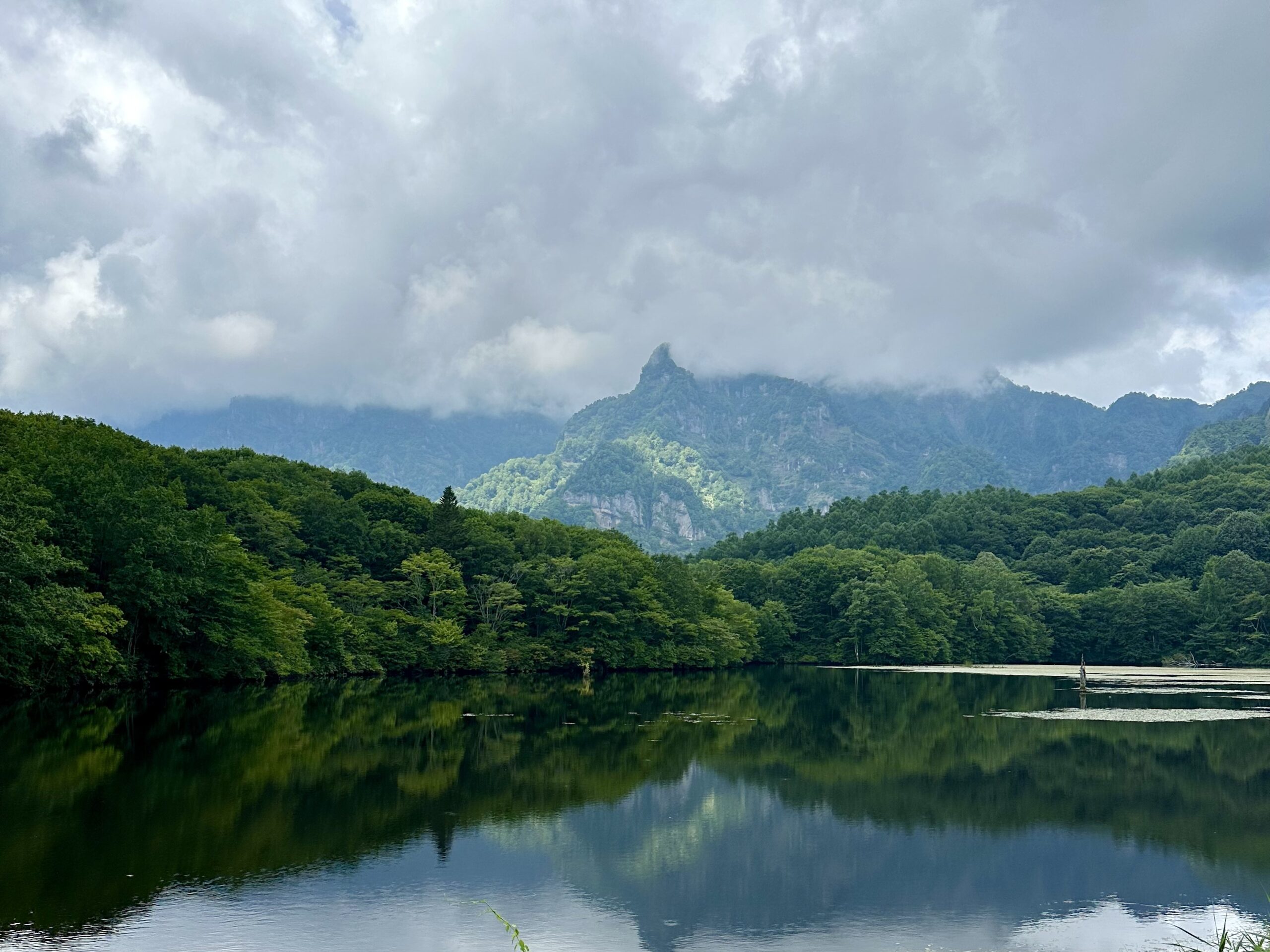
Narai-Juku Historic Town
Narai-Juku is a lovely small historic town that still feels like a bygone era. Despite being a popular tourist attraction, it doesn’t feel touristy as it is an actual town that people do still live in. Walking the streets, you feel like you could be in a samurai movie! There are several restaurants, artisanal craft shops such as lacquerware and woodworking, and cafes. There’s a large shrine at the end of the road, and a temple with a lovely dragon ceiling painting.
Narai-Juku is a post town along the historic Nakasendo Route between Edo (modern Tokyo) and Kyoto. You can also walk to other post towns from Narai-Juku, the closest one being Yabuhara at around a 3-hour leisurely hike. I haven’t tried it, but I’d much like to and would recommend it.
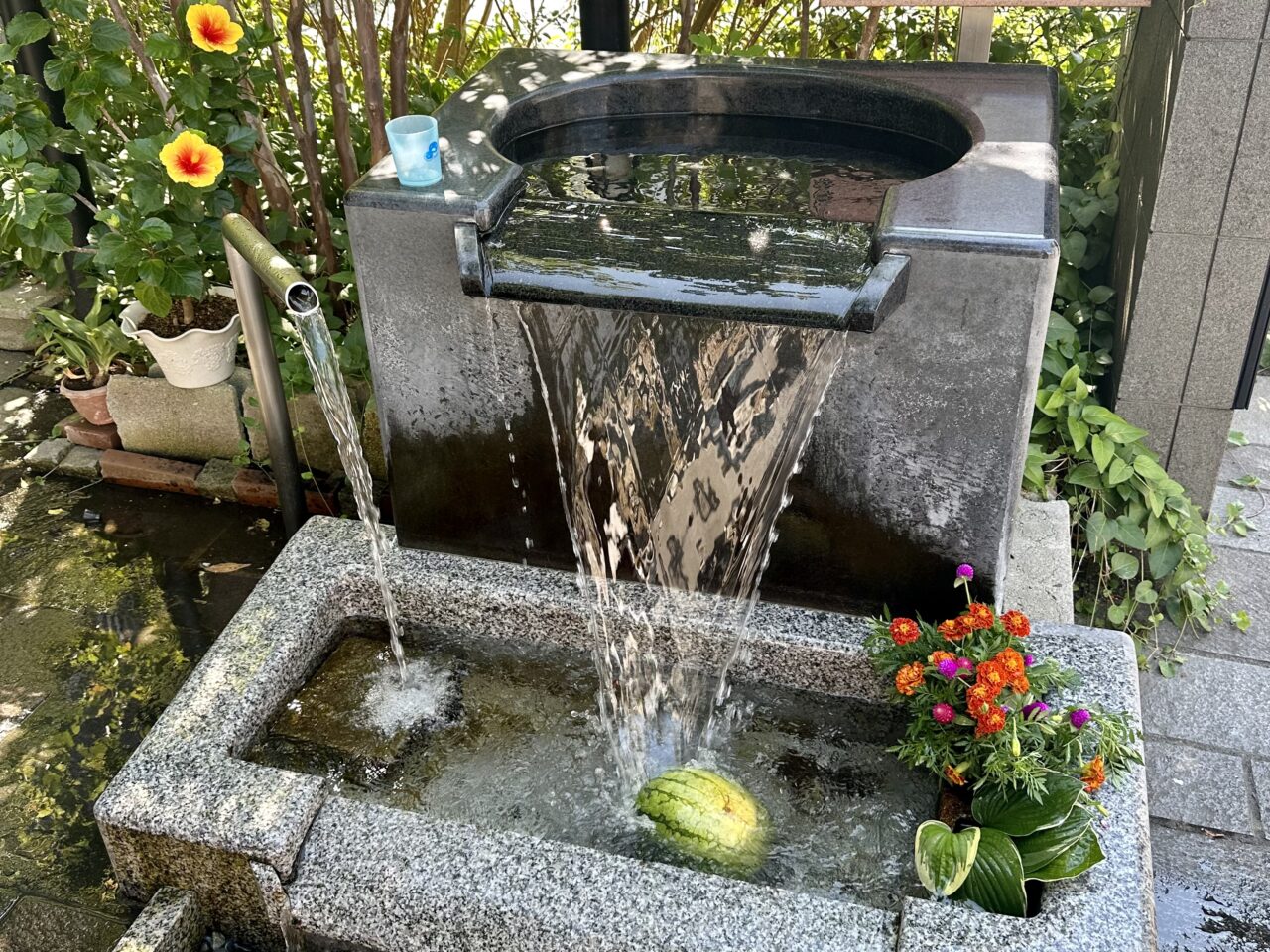
As for grub, you can eat several local Nagano staples, such as soba noodles and oyaki dumplings (which I wrote about in my Nagano Part 1 blog, as well as a few Nagano staples that seem to be easier to find in Narai-Juku.
Gohei mochi is a mochi snack that’s roasted and covered with a sweet-and-savory sauce, often made from walnuts or miso. You’ll see these throughout Nagano and Gifu Prefectures, and you can easily get it in Narai-Juku.
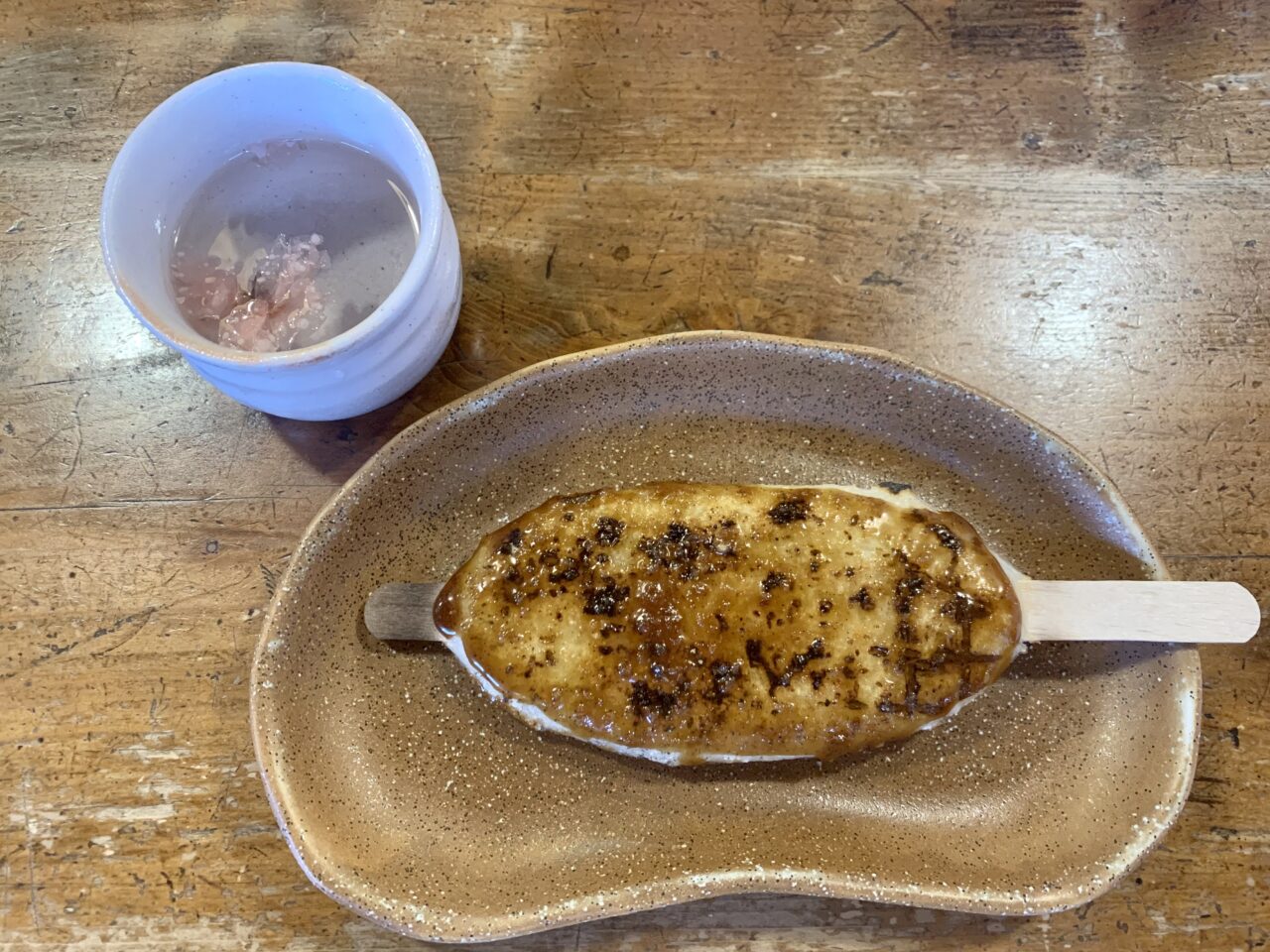
Would you eat simmered bugs? Well, in Nagano, it’s a traditional side dish! One popular theory is because Nagano is one of Japan’s few landlocked prefectures, accessing fish for protein was difficult, but whatever the historical reason, you can sometimes find locusts (inago) or bee larvae (hachinoko) as a side dish in Nagano, perhaps especially in a traditional place like Narai-Juku. When I tried the simmered bee larvae, I quite liked them. Crunchy on the outside, moist on the inside, and simmered to be slightly sweet, it didn’t feel like “I’m eating bugs.” I’d recommend at least giving it a try!
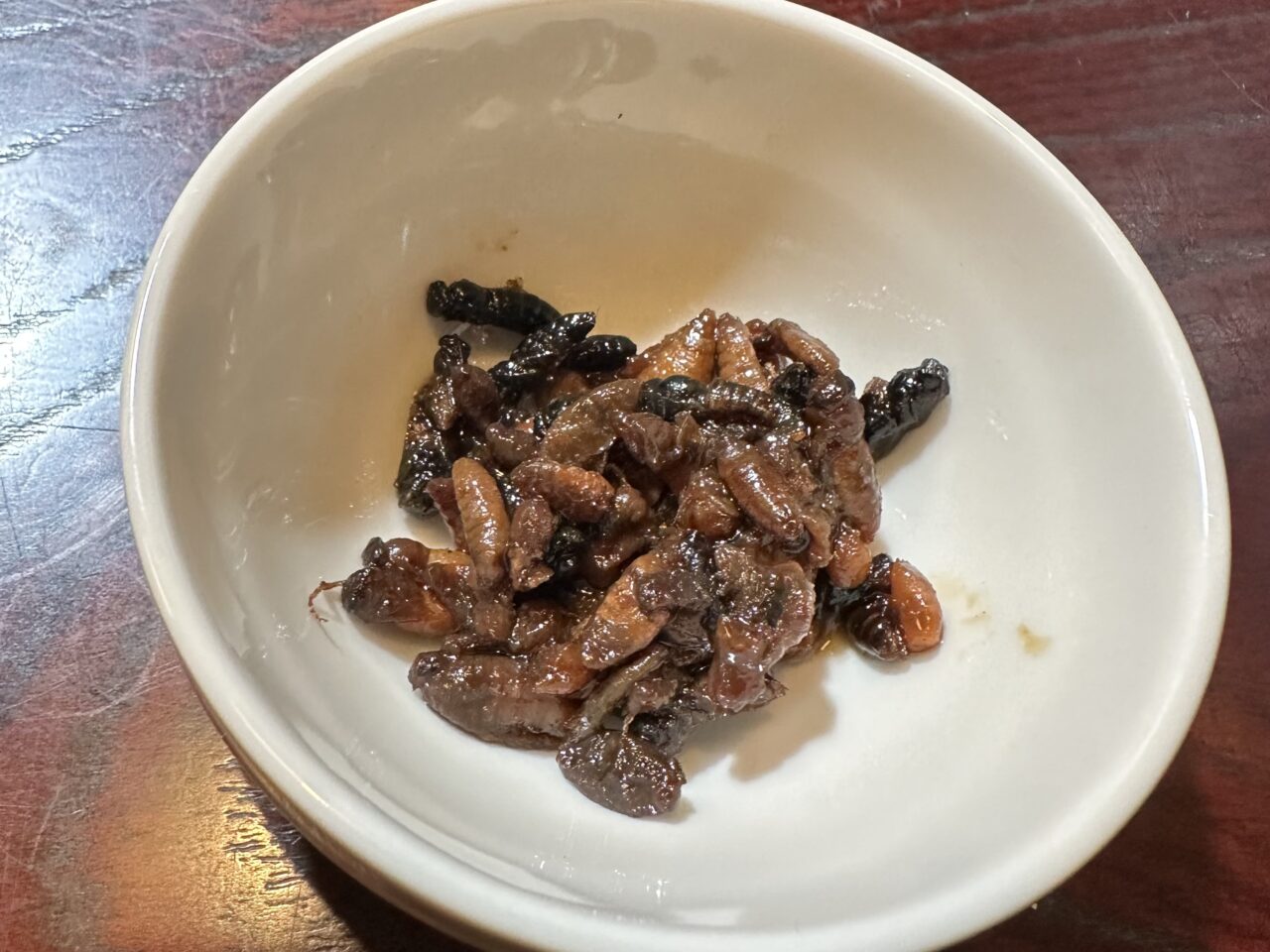
Kamikochi−Japan’s Mountain Scenery Gem
Kamikochi (上高地) is a real treasure to behold. It is not coincidental that the greater region has the nickname the Japanese Alps: with stunning views such as those from and around the Kappa Bridge, it almost feels like you’re not even in Japan. You can come for the view, some food and shops, and just breathing the fresh air, or if you’re adventurous you can go for a scenic walk or some hardcore trekking. The lake views are best on a sunny day for maximum lake reflection, but I’m sure it would be lovely in any weather (besides perhaps a downpour).
*Kamikochi is only open from April 17th to November 15th each year.
*You cannot drive all the way to Kamikochi, even if you have a car you have to park it and take a bus from certain points; so I think it’s easier to go from Matsumoto.

Suwa City−Nagano’s Biggest Lake
A nice half-day trip with no tourists around is Suwa City (諏訪市), which has Nagano’s biggest lake, Lake Suwa. In the summer there are lake water sports, daily fireworks (late July to August 15, with August 15 being a big show), and lake cruises, and during winter the lake doesn’t totally freeze due to warm hot spring waters flowing below the lake. On the other side of Suwa, you can find this large, chubby Buddha statue Manji Stone Buddha on a temple’s grounds.
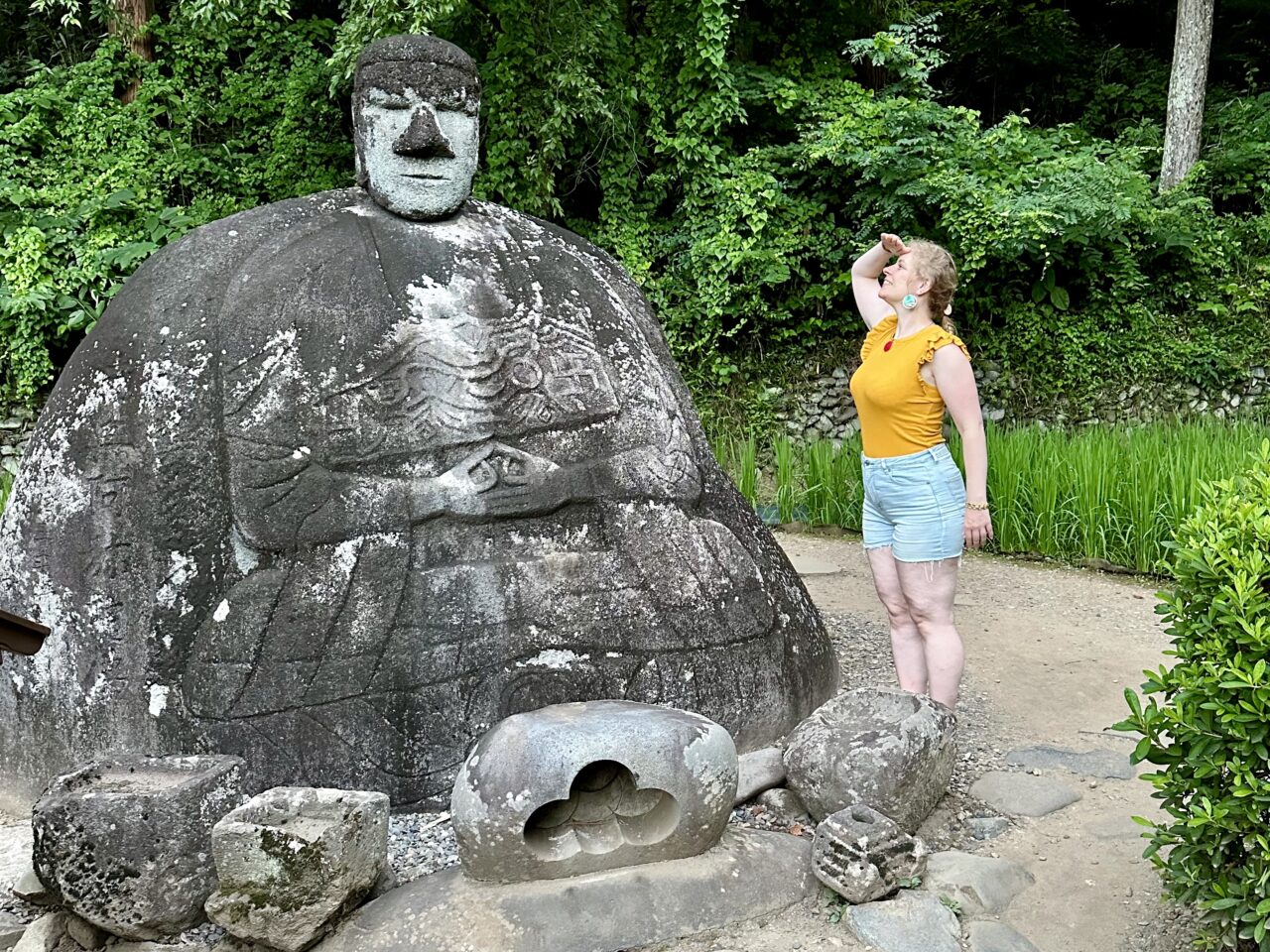
Daio Wasabi Farm
A popular tourist destination in rural Nagano is the Daio Wasabi Farm. Here you can see wasabi being farmed with the required ultra-pure mountain water. It’s nice for strolling around. You can also eat some food with wasabi in it, and even wasabi soft serve ice cream. The ice cream was underwhelming, as most Japanese sweets made with wasabi aren’t made to prank your friends but rather have a slightly spicy, mostly herbal taste. To be honest, I went to this farm on a road trip, and I am happy I didn’t make a big pilgrimage to come here. It was fine, but unless you have some specialized interest, I wouldn’t be upset if you can’t make it.

Are You Ready to NanaGO?
Have I convinced you to go to Nagano and Matsumoto City yet? I really recommend it as they are classic Japanese getaways that see significantly less international tourists than other major cities and prefectures. So pack your bags and NagaGO!
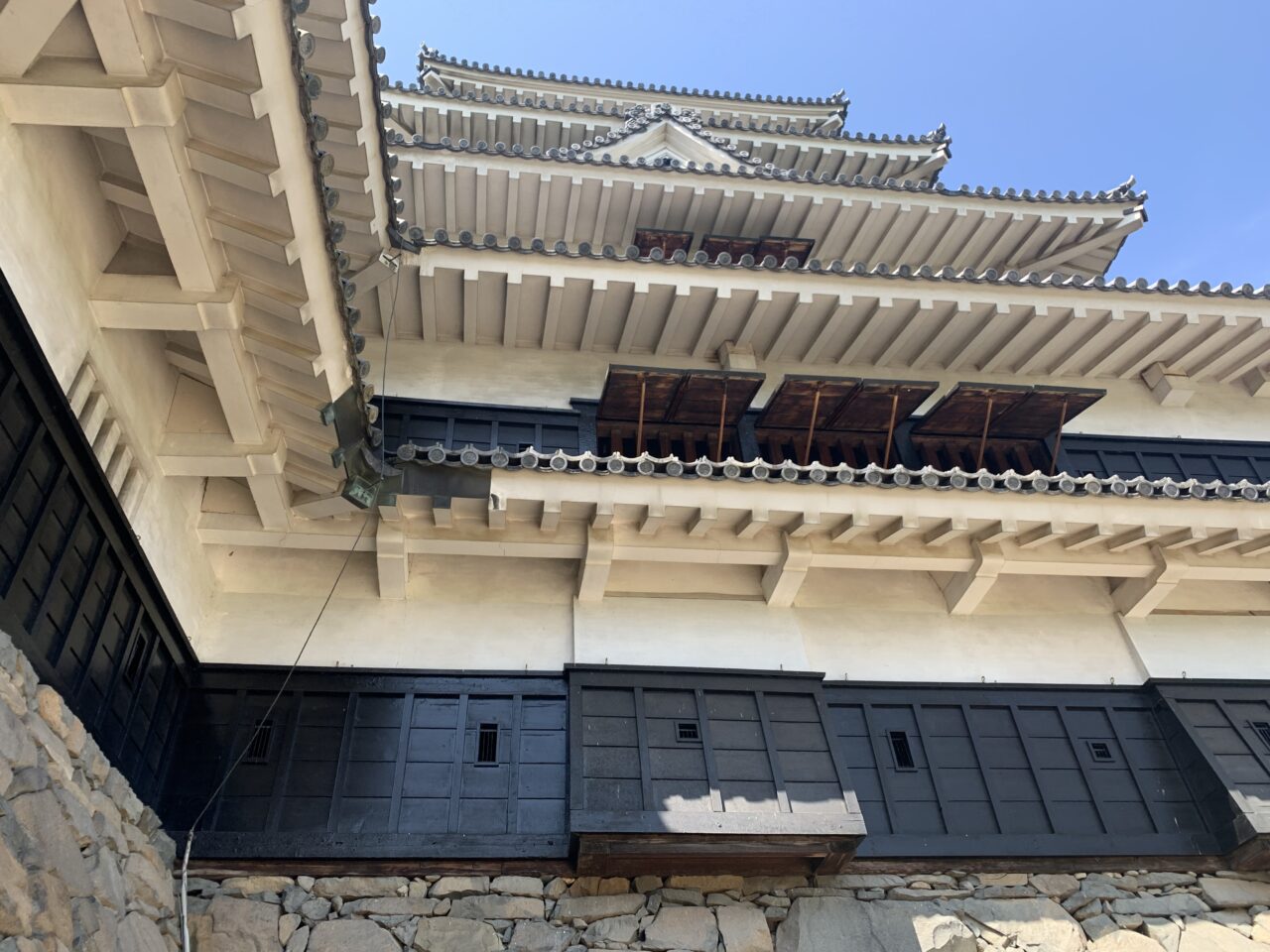
Links
Matsumoto
- Matsumoto Castle
- Matsumoto City Museum of Art
- Japan Ukiyo-E Museum
- Matsumoto Timepiece Museum (Japanese only, you can use your browser’s translate function)
- Former Kaichi School (Old System High School Memorial Hall)
- Matsumoto City Scales Museum (Japanese only, you can use your browser’s translate function)
- Matsumoto City Museum
- Castle and Museum Shared Ticket
Day Trips

- Narai-Juku (not the official website, but a good English resource)
- Suwa’s Manji Buddha Statue (Japanese only)
